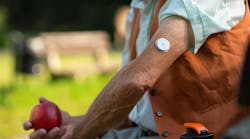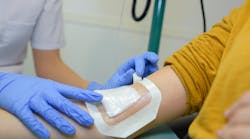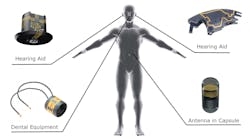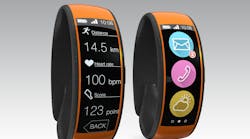Engineered Material Solutions for Medical Wearable Devices
Wearable medical devices are changing the world of health care as we know it. Innovations like insulin delivery devices are taking care beyond clinical settings while devices like ECG monitors give practitioners more data to make better treatment decisions. Demand for such devices is also creating significant opportunities for medical device manufacturers.
The global market for wearable medical devices was valued at around $21.3 billion USD in 2021. But that market is expected to grow quickly to reach around $196.6 billion by 2030.
There are a number of contributing factors for this increase that go beyond advances in technology. Medicine in general is transitioning away from clinical settings to provide more mobile or virtual solutions that make care more accessible to patients. Societal factors such as increasing global obesity rates also indicate a future increase in demand for devices like continuous glucose monitors.
Taken altogether, medical device manufacturers have an opportunity to increase revenue and grow market share by creating the next generation of wearable devices, but there are significant challenges associated with designing and producing medical wearables.
For example, skin is a difficult surface to bond to, wearable devices are often small and lightweight which restricts design freedom, different applications have different intended wear times, and devices need to be cleaned and sterilized. Thankfully, there are solutions to overcome these challenges.
This whitepaper will explore each layer of a wearable medical device and how Boyd uses deep industry experience and manufacturing capabilities to help medical device OEMs enhance wearable products and achieve strategic product launch and realization goals.






